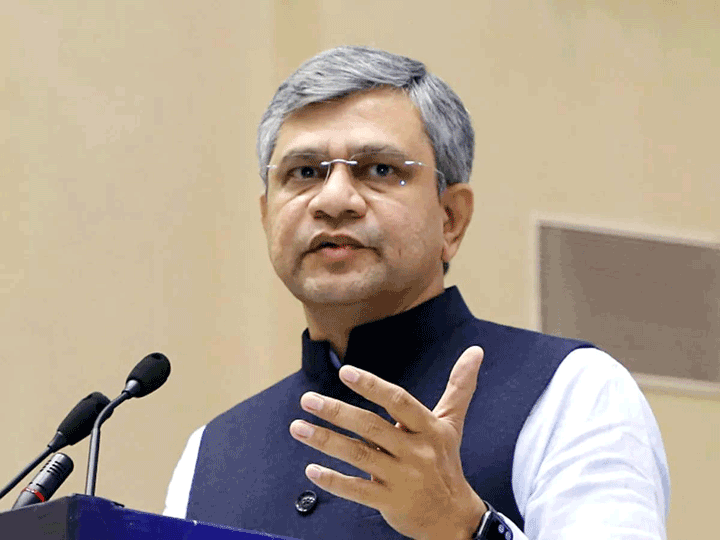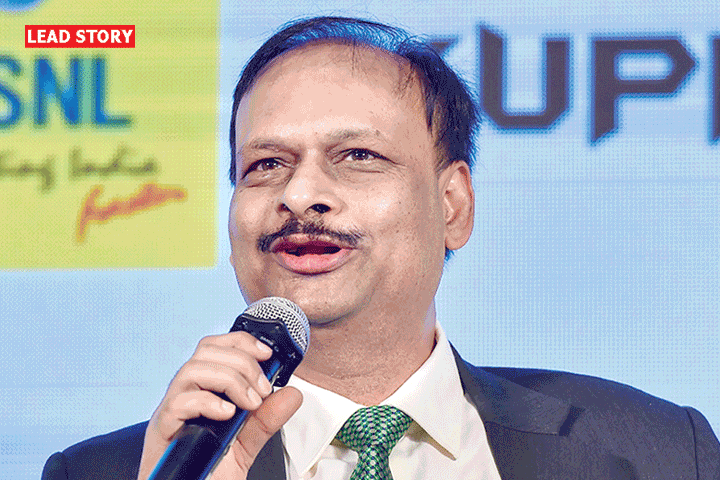Satellite company SAS Global joins rush to boost Africa connectivity
Sky and Space Global (SAS Global) is on track to launch 200 shoebox-sized nanosatellites by the end of 2020, betting that its low-cost model will prove a hit with telecoms customers in Africa.
The Australian-listed company has joined larger European rivals circling Africa as they look to capitalise on a data services boom across the continent.
Africa’s size, difficult terrain and low broadband penetration often make satellites the most cost-efficient and practical way to connect remote rural towns, rather than laying terrestrial cables in so-called “last mile” connections.
The gaps in connectivity across the continent represent a commercial opportunity for businesses that can fill them, with non-SMS mobile data revenue from broadband access and mobile digital services expected to more than double to $32 billion in 2022 from $13 billion in 2017, according to technology research firm Ovum.
“We are on track for launch next year and within less than two years we will have the entire constellation of 200 satellites in space,” SAS Global’s chief executive, Meir Moalem, told Reuters on Thursday.
“Africa is a huge untapped market with very large economic opportunity.”
Released in batches of about 30 nanosatellites from the second quarter of next year, the SAS constellation, dubbed “Pearls”, will eventually cover a region ranging from the bottom of Angola to Sudan and including Nigeria.
The company is targeting a market of about 3 billion unconnected people across the equatorial belt in Africa, South America and South East Asia, as part of rolling out a “narrow band” of basic services such as voice calls, texting, instant messaging, as well as for the so-called Internet of Things.
Built by Gomspace the nanosatellites weigh about 10 kg each, cost less than $1 million to build and launch to an orbit some 700 km above the earth.
“It is extremely cost-efficient,” Moalem said. “That means you can get your return on investment without charging an arm and a leg for the services you are selling.”
SAS is already in discussions with mobile operators, he added.
However, SAS will not compete directly with larger satellite rivals offering great bandwidth, such as Eutelsat, a market leader for broadcasting, offering a wide range of television channels to millions of people.
“For broadcasting, satellite is still the most relevant infrastructure,” said Christoph Limmer, senior vice-president for commercial development and partnerships at Eutelsat.
Eutalsat plans to launch two new satellites by 2020 to boost coverage of its key African market, while Intelsat invested more than $1 billion over the past two years in a similar exercise, officials said.











